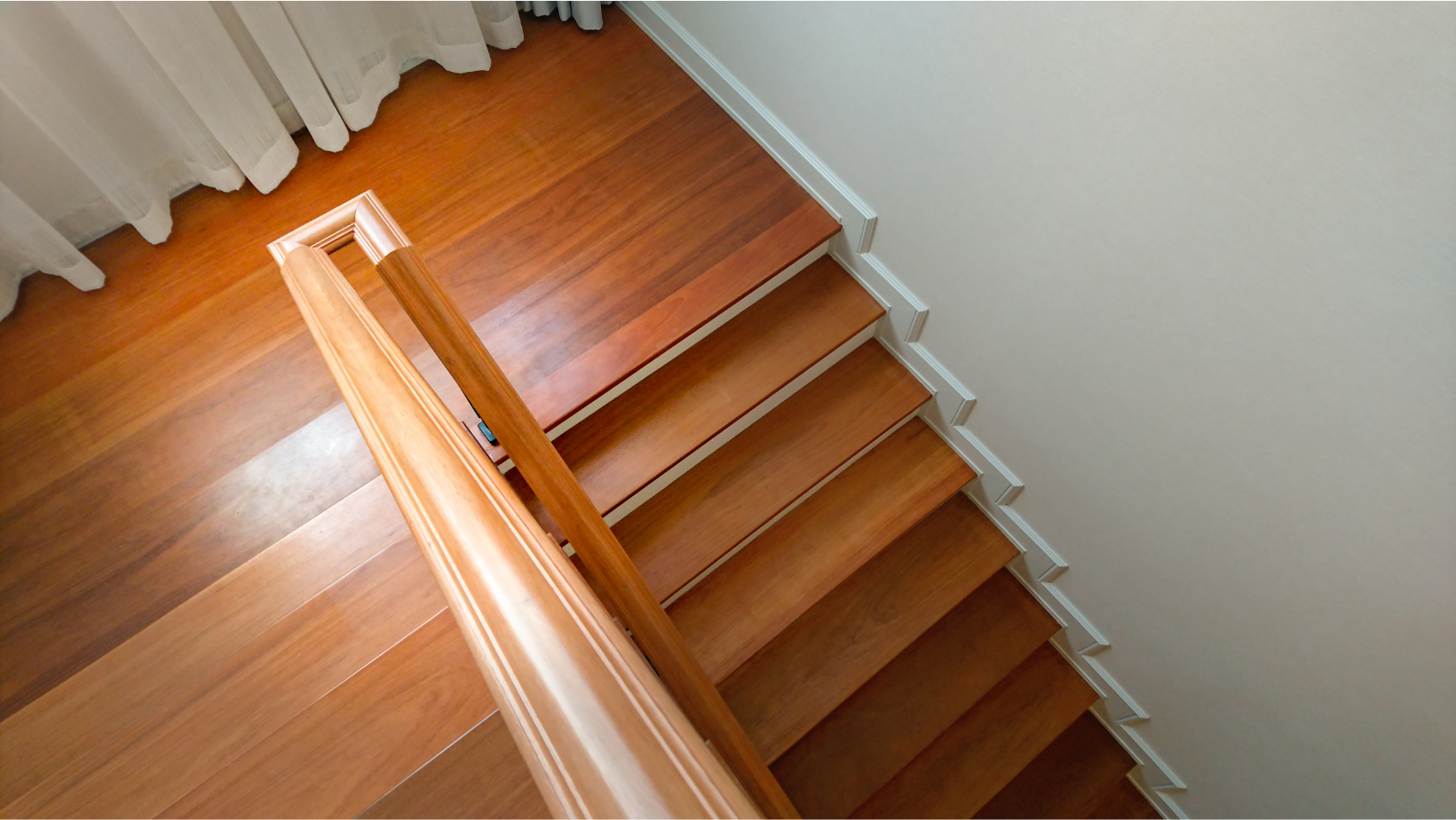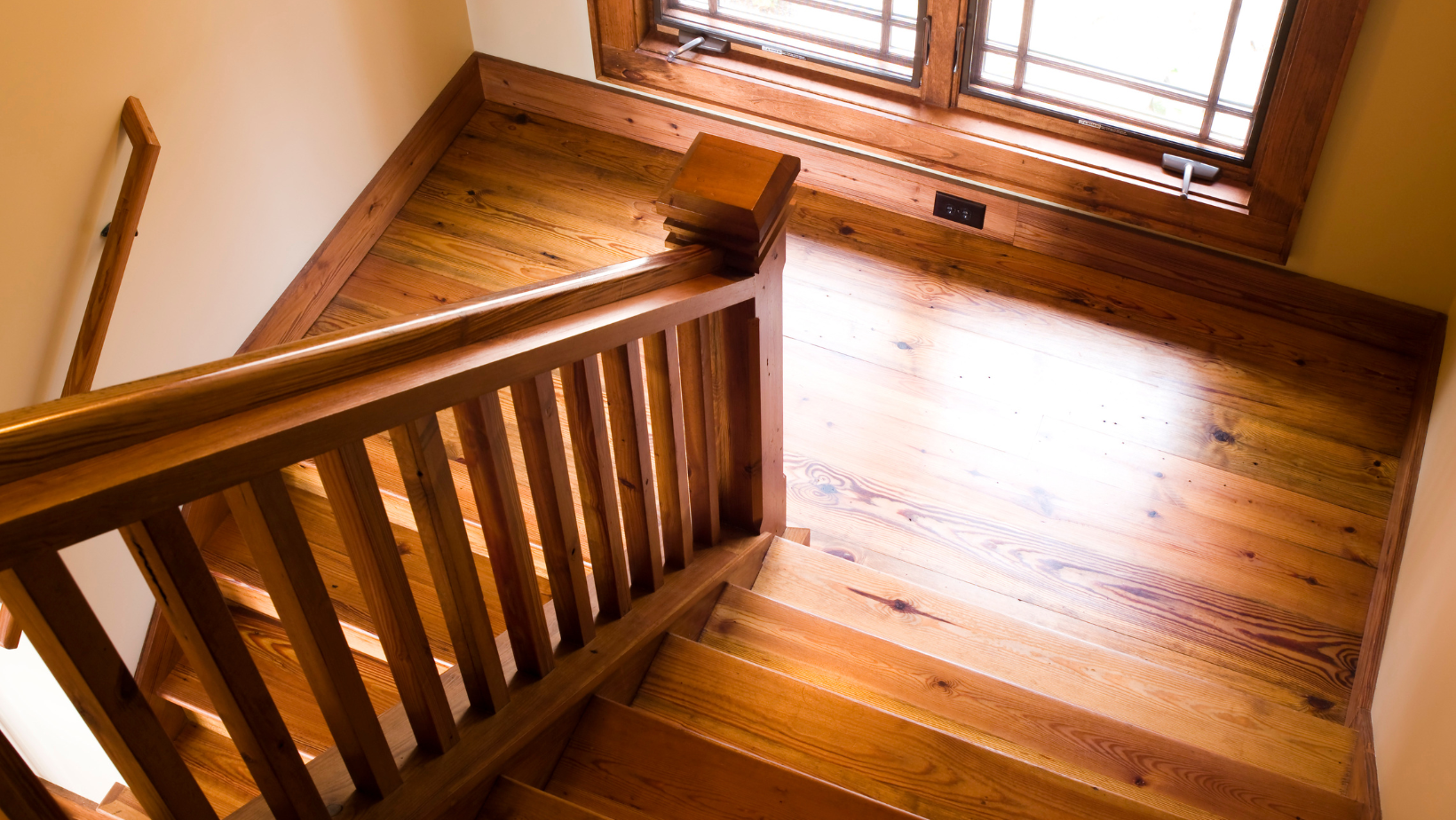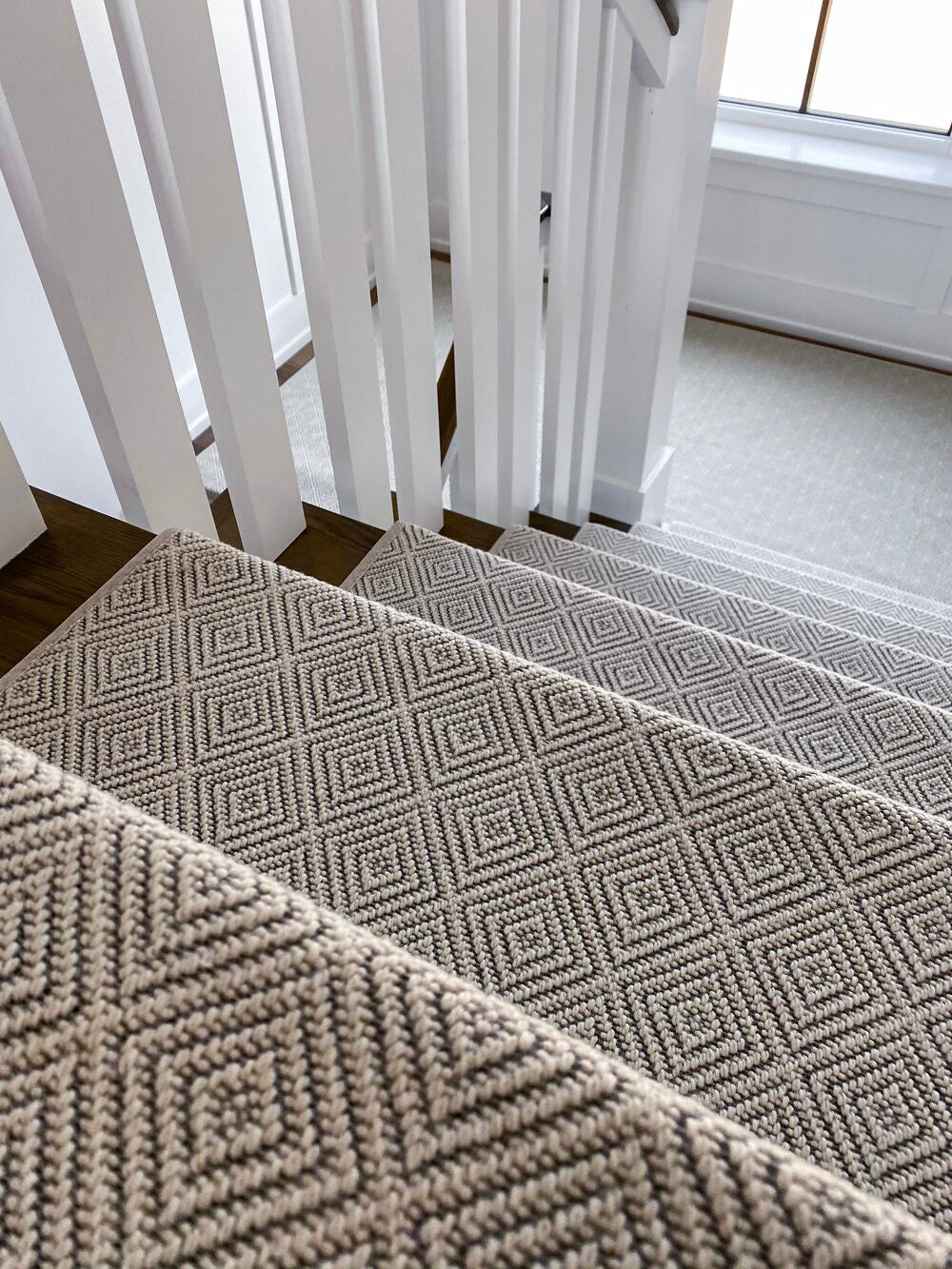Outdoor stairs endure constant wear, and replacing old treads improves both safety and appearance.
To complete the process, how to replace outdoor stair treads involves removing the old treads, measuring and cutting new weather-resistant ones, securing them with exterior-grade screws, and finishing with a protective sealant.
Choosing the right materials, such as hardwood, composite, or carpet stair treads, ensures durability and enhances the overall look.
This guide provides a step-by-step approach to selecting, installing, and maintaining outdoor stair treads for long-lasting performance.
You’ll learn which materials work best for different climates, how to fasten treads securely, and essential maintenance tips.
Whether you're upgrading for style or safety, these expert insights will help you achieve a professional, lasting result.
Why Replacing Outdoor Stair Treads Is Important
Many homeowners put off replacing their stair treads, assuming it’s a purely aesthetic upgrade.
However, deteriorating stair treads pose serious safety risks.
Worn-out or unstable steps can lead to accidents, especially in homes with children, pets, or elderly family members.
Beyond safety, replacing stair treads also:
-
Improves the overall appearance of your outdoor space.
-
Increases the longevity of your staircase by preventing further damage.
-
Protects against moisture damage by sealing the steps properly.
Signs That Your Stair Treads Need Replacing
Not sure if it's time to replace your outdoor stair treads?
Here are some signs that indicate your steps need an upgrade:
-
Visible Cracks or Splitting – Wood treads can crack or split due to prolonged exposure to moisture and temperature changes.
-
Loose or Wobbly Treads – If your steps move underfoot, they could be dangerous and need immediate replacement.
-
Rot and Mold Growth – If the wood has softened, discolored, or has mold growth, it’s time for new treads.
-
Excessive Wear – If the surface of your stair treads has become slippery or uneven, they are no longer safe for daily use.
Choosing the Right Materials for Outdoor Stair Treads
The best materials for outdoor stair treads must be durable, weather-resistant, and capable of handling high foot traffic.
Let’s explore the top options:
Hardwood Stair Treads
Hardwood options like teak, ipe, mahogany, or cedar are popular because they offer:
-
Natural weather resistance
-
Exceptional durability
-
A classic, high-end appearance
However, hardwood stair treads need regular sealing and staining to prevent moisture damage and fading.
Composite Stair Treads
Composite materials are an excellent choice if you want:
-
Minimal maintenance (no sealing or staining required).
-
Long-lasting durability without warping or rotting.
-
Various style and color options to match your home’s exterior.
Treated Pine Treads
If you’re looking for an affordable yet durable option, treated pine is a great choice. It is:
-
Budget-friendly compared to hardwood.
-
Pre-treated to resist moisture and pests.
-
Easier to cut and install for DIY enthusiasts.
Indoor/Outdoor Carpet Stair Treads
For extra grip and a stylish touch, consider adding indoor/outdoor carpet stair treads on top of your wooden or composite steps.
These enhance traction, especially in areas prone to rain and snow, making them a great option for families and pet owners.
Step-by-Step Guide: How to Replace Outdoor Stair Treads
Now that you’ve selected the best material, let’s go through the process of replacing your outdoor stair treads step by step.
Step 1: Gather Your Tools and Materials
Before starting, make sure you have:
-
Measuring tape
-
Circular saw or handsaw
-
Drill and exterior-grade screws
-
Pry bar
-
Sandpaper
-
Weather-resistant sealant or stain
Step 2: Remove the Old Treads
-
Use a pry bar to lift and remove the old stair treads carefully.
-
Avoid damaging the stringers (the structural supports under the steps).
-
If the old treads were attached with nails, remove any remaining nails to create a smooth base.
Step 3: Measure and Cut the New Treads
-
Measure each step individually, as they may have slight variations.
-
Cut the new stair treads to size using a circular saw or handsaw.
-
Sand the edges to prevent splinters and create a polished finish.
Step 4: Secure the New Stair Treads
-
Dry-fit the new treads before securing them to ensure they fit properly.
-
Pre-drill holes in the treads to prevent wood from splitting.
-
Use exterior-grade screws to attach the new stair treads to the stringers.
-
Countersink the screws slightly to create a smooth, seamless surface.
Step 5: Apply a Protective Finish
-
Seal or stain the treads with a weather-resistant coating to protect against moisture and UV damage.
-
Allow the finish to dry completely before using the stairs.
Step 6: Add Safety Features
-
Consider installing non-slip strips or grip pads to enhance safety.
-
Regularly inspect and tighten any loose screws over time.
How to Maintain Outdoor Stair Treads
Proper maintenance can extend the life of your stair treads and keep them looking fresh.
-
Sweep debris regularly to prevent buildup that could cause moisture damage.
-
Clean with mild soap and water to remove dirt and stains.
-
Reapply sealant or stain every few years to maintain durability.
-
Inspect for wear and tear, especially after harsh weather conditions.
How to Replace Stair Treads with Hardwood
If you prefer the elegance of hardwood, you might consider replacing your stair treads with high-quality wood.
Unlike outdoor-treated lumber, hardwood requires proper sealing to protect against outdoor conditions.
-
Remove the existing treads carefully to avoid damaging the stringers.
-
Choose a durable hardwood like mahogany or teak for longevity.
-
Cut the new hardwood treads to fit, ensuring they are level and secure.
-
Fasten them with countersunk screws and apply a weatherproof finish to protect against moisture.
When learning how to replace stair treads with hardwood, it’s important to ensure that the material is properly sealed and protected from the elements.
Regular maintenance, such as re-staining and sealing every few years, will help hardwood stair treads retain their beauty and durability.
How to Fasten Outdoor Stair Treads Securely
Ensuring your stair treads are properly fastened will prevent accidents and early wear.
-
Always use exterior-grade screws to prevent rust and corrosion.
-
Pre-drill screw holes to avoid splitting the wood.
-
Consider using construction adhesive for additional reinforcement.
Common Mistakes to Avoid When Replacing Outdoor Stair Treads
Replacing stair treads seems simple, but small errors can lead to safety hazards and costly repairs.
Avoiding these common mistakes ensures a smooth and long-lasting installation.
Ignoring Proper Measurements
One of the biggest mistakes is assuming all stair treads are the same size.
Always measure each step individually, as slight variations can cause uneven surfaces and unsafe steps.
Using the Wrong Fasteners
Standard indoor screws and nails are not designed for outdoor durability.
Always use exterior-grade screws that resist rust and corrosion to secure your treads.
Skipping Sealant or Weather Protection
Even the best materials will deteriorate without proper sealing.
Applying a weather-resistant sealant or stain protects the treads from moisture, UV rays, and general wear.
Not Checking for Structural Issues
Damaged or rotting stringers weaken the entire staircase.
Before installing new treads, inspect the structural integrity of your steps and repair any weak areas.
Enhancing Outdoor Stair Treads for Safety and Comfort
Beyond durability, your stair treads should provide maximum safety and ease of use.
Simple upgrades can reduce slip risks and improve comfort for everyday use.
Adding Non-Slip Strips or Traction Pads
Outdoor stairs can become slippery when wet, increasing the risk of falls.
Installing non-slip strips or rubber traction pads helps improve grip and stability.
Using Rounded or Beveled Edges
Sharp edges can cause tripping hazards or injuries, especially for children and pets.
Choosing rounded or beveled edges creates a smoother, safer walking surface.
Installing Carpet Stair Treads for Extra Grip
For a balance of comfort and safety, carpet stair treads are an excellent addition.
They provide extra traction, reduce noise, and add a stylish touch to your outdoor space.
Ensuring Proper Lighting for Visibility
Poor lighting makes outdoor stairs dangerous at night.
Adding LED step lights, solar lights, or motion-activated fixtures increases visibility and prevents accidents.
With these added safety measures, your outdoor staircase will be both functional and secure, offering long-term protection and usability for your home.
Stepping It Up
Replacing outdoor stair treads is a straightforward yet essential upgrade that enhances both safety and aesthetics.
By following the correct steps in how to replace outdoor stair treads, you ensure a secure, long-lasting installation that withstands weather and daily use.
Choosing durable materials and applying proper finishing techniques will help maintain the strength and appearance of your staircase for years.
Regular maintenance, such as cleaning, inspecting for wear, and reapplying protective coatings, extends the life of your stair treads.
Understanding how to replace outdoor stair treads allows you to make informed decisions about materials, installation methods, and safety enhancements.
With the right approach, your outdoor stairs will remain both functional and visually appealing, improving your home's overall value.
Contact Oak Valley Designs for Premium Stair Treads
-
Website: https://oakvalleydesigns.com/
-
Phone: 706.331.0315
-
Email: info@oakvalleydesigns.com
-
Address: 30 River Ct SW Bldg E Cartersville, Ga 30120




